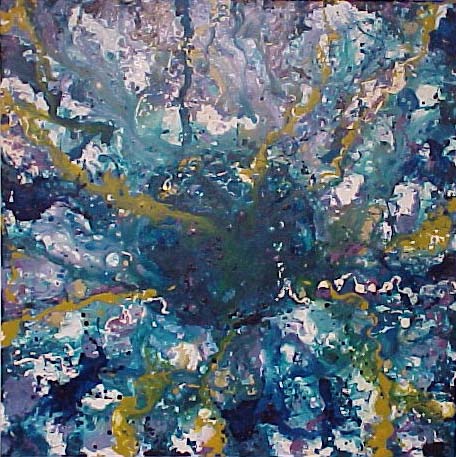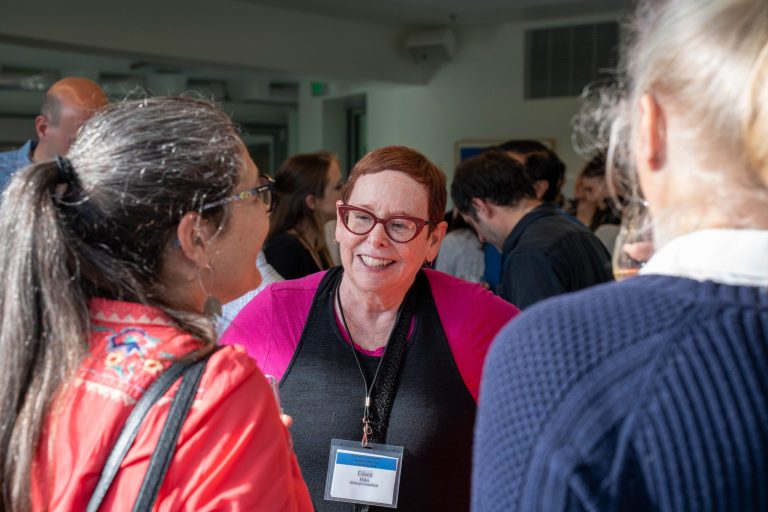The Board of Directors of The McKnight Endowment Fund for Neuroscience is pleased to announce it has selected ten neuroscientists to receive the 2024 McKnight Scholar Award.
The McKnight Scholar Awards are granted to young scientists who are in the early stages of establishing their own independent laboratories and research careers and who have demonstrated a commitment to neuroscience. Since the award was introduced in 1977, this prestigious early-career award has funded 281 innovative investigators and spurred hundreds of breakthrough discoveries.
“The MEFN is delighted to announce this year’s newly minted scholars, who are tackling leading edge questions in neuroscience, ranging from the molecular fingerprints that aging leaves on the brain, to the biological basis of intergenerational memories and the principles that enable brain-wide neuronal networks to enable navigation, survival, hibernation and sociality,” said Richard Mooney, PhD, chair of the awards committee and George Barth Geller Professor of Neurobiology at the Duke University School of Medicine. “The deep commitment of the McKnight Foundation to fundamental neuroscience research has enabled the selection committee to recognize a larger number of stellar early career investigators at a wider range of institutions than ever before.”
Each of the following McKnight Scholar Award recipients will receive $75,000 per year for three years. They are:
There were 53 applicants for this year’s McKnight Scholar Awards, representing the best young neuroscience faculty in the country. Faculty are eligible for the award during their first four years in a full-time faculty position. In addition to Mooney, the Scholar Awards selection committee included Gordon Fishell, Ph.D., Harvard University; Mark Goldman, Ph.D., University of California, Davis; Yishi Jin, Ph.D., University of California San Diego; Jennifer Raymond, Ph.D., Stanford University; Vanessa Ruta, Ph.D., Rockefeller University; and Marlene Cohen, Ph.D., University of Chicago.
Applications for the 2025 awards will be accepted starting August 12, 2024. For more information about McKnight’s neuroscience awards programs, please visit the Endowment Fund’s website.
About The McKnight Endowment Fund for Neuroscience
The McKnight Endowment Fund for Neuroscience is an independent organization funded solely by The McKnight Foundation of Minneapolis, Minnesota, and is led by a board of prominent neuroscientists from around the country. The McKnight Foundation has supported neuroscience research since 1977. The Foundation established the Endowment Fund in 1986 to carry out one of the intentions of founder William L. McKnight (1887-1979). One of the early leaders of the 3M Company, he had a personal interest in memory and brain diseases and wanted part of his legacy used to help find cures. In addition to the Scholar Awards, the Endowment Fund makes grants to scientists working to apply the knowledge achieved through translational and clinical research to human brain disorders though the McKnight Neurobiology of Brain Disorders Awards.
2024 McKnight Scholar Awards

Annegret Falkner, Ph.D., Assistant Professor, Princeton Neuroscience Institute, Princeton University, Princeton, NJ
Computational Neuroendocrinology: Linking Hormone-Mediated Transcription to Complex Behavior Through Neural Dynamics
Gonadal hormones – estrogen and testosterone are among the best known – are important to mammals in many ways. They modulate internal states, behavior, and physiology. Humans may adjust their hormonal profile for a variety of reasons, from treating disease to building muscle to gender affirming care to birth control. But while much has been studied about how these hormones affect the body, less well understood is how they change neural dynamics.
In her research, Dr. Annegret Falkner and her lab will investigate how hormones change neural networks and thereby affect behavior over short and long timeframes. Using a mouse model, Dr. Falkner’s lab will explore the effects of hormones on multiple levels. Using new methods for behavioral quantification, she will observe and record behaviors of all kinds in freely-behaving animals during a hormone state-change. This unbiased screen will reveal generalized principles of how hormones control behavior. In a second series of experiments, the team will map neural dynamics of hormone-sensitive networks across a hormone state change using brain-wide calcium imaging in a freely socially interacting animal, seeing how changes in the way these networks respond and communicate predict changes in behavior. Finally, Dr. Falkner’s lab will use site-specific optical hormone imaging to observe where and when estrogen-receptor-mediated transcription occurs within this network – a window into how hormones are able to update network communication, and one which will help researchers understand the profound ways hormones affect the brain and behavior.

Andrea Gomez, Ph.D., Assistant Professor, Neurobiology, University of California, Berkeley, CA
The Molecular Basis of Psychedelic-Induced Plasticity
The brain possesses the ability to change itself, a feature described as “plasticity.” Human brains, for example, exhibit plasticity in different ways at different times in their lives; conversely, some neurological disorders are linked to the inability to change, limiting the ability to move, learn, remember, or recover from trauma. Dr. Andrea Gomez aims to learn more about brain plasticity by using psychedelics as a tool, reopening plasticity windows in the adult brain using the psychedelic psilocybin in a mouse model. Not only might this help us learn more about how the brain works, but it may also aid in the development of next-generation therapeutics.
Psychedelics have long-lasting structural effects on neurons, such as increased neuronal process outgrowth and synapse formation. A single dose can have months-long effects. In her research, Dr. Gomez and her team will use psychedelics to identify classes of RNA that promote neural plasticity in the prefrontal cortex – a brain region involved in perception and social cognition. Gomez’s lab will assess how psychedelics change how RNA is spliced, establish the link between psilocybin-induced RNA changes and plasticity in mice as measured by synaptic activity, and observe the effect of psychedelic-induced plasticity on social interaction. Dr. Gomez hopes this research can provide biological insight into the plasticity of perception and open new avenues of investigation into how these powerful compounds can help people.

Sinisa Hrvatin, Ph.D., Assistant Professor of Biology, Whitehead Institute for Biomedical Research, Massachusetts Institute of Technology, Cambridge, MA
Molecular Anatomy of Hibernation Circuits
Most people understand the concept of hibernation, but relatively few think about how remarkable it is. Mammals that specifically evolved to maintain a constant body temperature abruptly “switch off” that feature, change their metabolism, and change their behavior for months at a time. While the facts of hibernation are well understood, how animals initiate and maintain that state is not well understood, nor is how this ability arose. Did it simultaneously evolve in multiple distinct animals faced with harsh environments? Or is the circuitry to hibernate conserved widely in mammals, but only activated in some?
Dr. Sinisa Hrvatin proposes to delve into the neuronal populations and circuits involved in hibernation. His lab’s previous work was able to identify neurons that regulate torpor (a shallow state that shares commonalities with hibernation) in laboratory mice. Using a less-common model, the Syrian hamster, Dr. Hrvatin will gain new insights into hibernation neural circuits. Syrian hamsters can be induced to hibernate environmentally, making them ideal for a laboratory experiment, but there are no available transgenic lines (like in mice), which led him to apply novel RNA-sensing-based viral tools to target specific cell populations related to hibernation. He will document neurons active during hibernation to identify relevant circuits and examine whether similar circuits are conserved in other hibernating and non-hibernating models.

Xin Jin, Ph.D., Assistant Professor, Department of Neuroscience, The Scripps Research Institution, La Jolla, CA
In vivo Neurogenomics at Scale
When studying gene function in neurons, researchers often have to choose between scale and resolution. A genome-wide screen can show what genes are present in aggregate, or transcriptomic sequencing can let researchers study a few specific gene functions in specific cells. But to Dr. Xin Jin, the power of the genome is most fully realized when tools allow researchers to study a large number of genes across the brain and see where they are present and where they intersect in specific brain regions.
Dr. Jin’s lab has developed new massively parallel in vivo sequencing approaches to scale up the investigation of large numbers of gene variants and map their presence in whole, intact brains. The ability to profile over 30,000 cells at once allows the team to study hundreds of genes in hundreds of cell types and get a readout in a matter of two days rather than weeks. They will conduct whole-organ surveys, demonstrating the ability to not only identify which cells include specific variants, but identify their context within the brain: where they are located and how they are connected. They will also apply this approach to study disease risk genes and see how they are distributed through the brain, which should provide insights into how the pathology occurs. While the study focuses on the brain, the approach should be applicable to studying other conditions linked to a large number of risk genes.
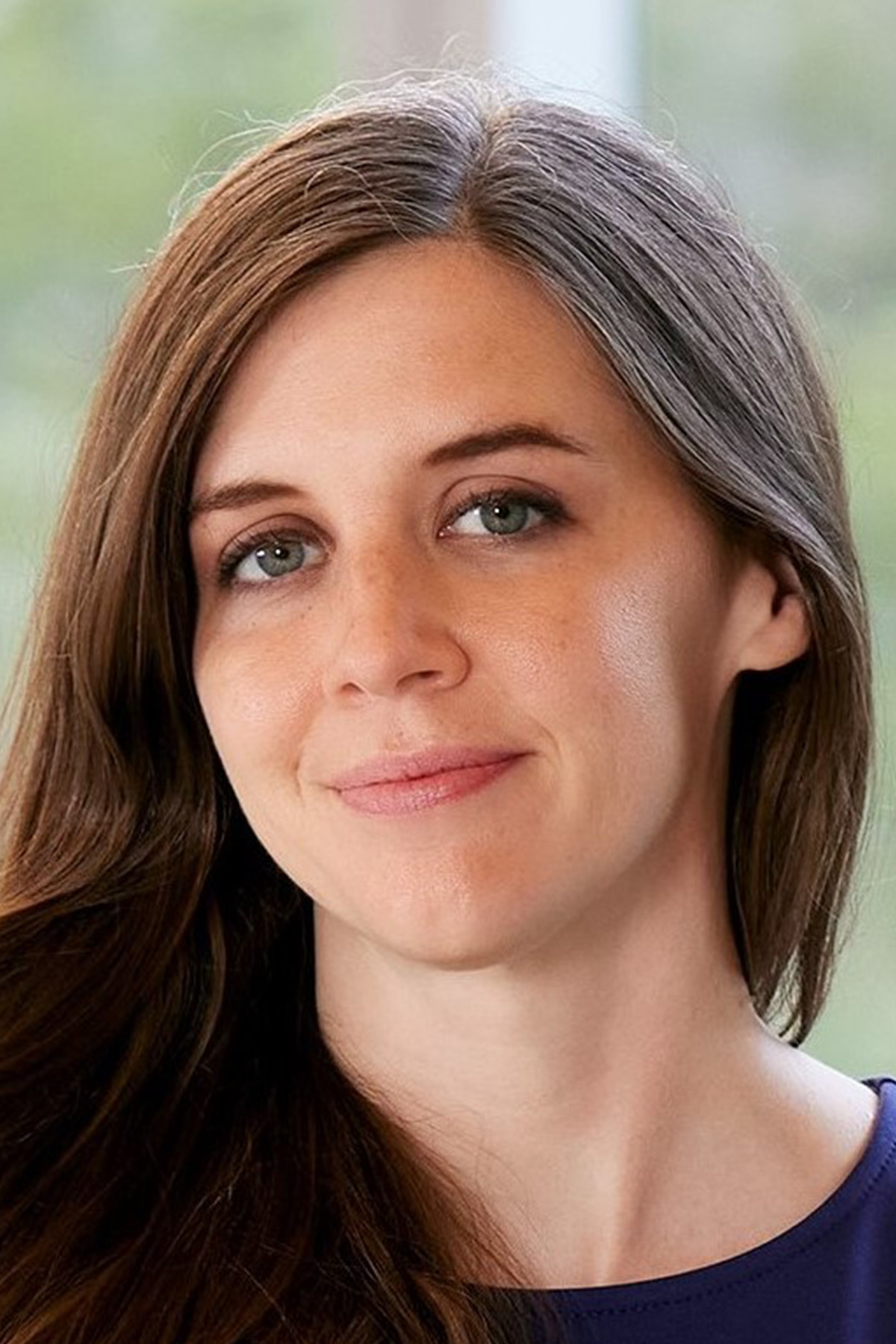
Ann Kennedy, Ph.D., Assistant Professor, Department of Neuroscience, Northwestern University, Chicago, IL
Neural Population Dynamics Mediating the Balance of Competing Survival Needs
In order to survive, animals have evolved a wide range of innate behaviors such as feeding, mating, aggression and fear responses, each made up of a collection of other specific behaviors. Over recent years, researchers have been able to record neural activity in mouse models while they are engaged in these kinds of behaviors. But in the real world, animals often have to weigh and decide between multiple urgent courses of action. If an animal is both injured and hungry, which response wins out? And how does the brain reach its decision?
Dr. Ann Kennedy is engaged in developing theoretical computational models that will help advance our understanding of how important decisions like these are made. Looking at the neural activity in the hypothalamus of mice engaged in aggression-type behavior, Dr. Kennedy and her team will develop neural network models that capture the scalability and persistence of
aggressive motivational states, while also providing a mechanism for trading off between multiple competing motivational states in the animal’s behavior. The team will use their models to ask how the brain implements that trade-off, for example by changing sensory perception or by suppressing motor output. From this work, Dr. Kennedy’s lab will advance our understanding of the ways our brains work and how the structure built into the brain helps animals survive in complex environments.

Sung Soo Kim, Ph.D., Assistant Professor of Molecular, Cellular, and Developmental Biology, University of California-Santa Barbara, Santa Barbara, CA
Neural Representation of The World During Navigation
Anyone who has ever had to navigate a known but darkened room understands how valuable it is that our brains can navigate our surrounding environment using a variety of information, inside and out, including colors, shapes, and a sense of self-motion. Working with a fruit fly model and a new, innovative experimental apparatus, Dr. Sung Soo Kim and his team will investigate what is happening in the brain when an animal is navigating – what inputs are gathered, how they are processed, and how that translates to movement.
Dr. Kim works with the fruit fly because the entire set of neurons that computes a sense of direction can be observed and perturbed. His research will investigate how multiple sensory inputs are transformed into a sense of direction and how behavioral contexts (from internal states such as arousal to the fly’s own motion) affect direction processing. A key to this research is a novel virtual reality arena Dr. Kim’s team is building: The fly is on a swiveling mount, meaning it can rotate at will; the walls are high resolution screens giving visual cues; small air flow tubes simulate motion and wind; and a very large microscope overhead means the entire brain of the fly can be imaged even as it turns. By activating and silencing certain neuronal populations, Dr. Kim will be able to conduct research that looks at the combined role of perception, cognition, and motor control, three subfields of systems neuroscience that are rarely connected in a single research program.

Bianca Jones Marlin, Ph.D., Assistant Professor of Psychology and Neuroscience, Columbia University and the Zuckerman Mind Brain Behavior Institute, New York, NY
Molecular Mechanisms of Intergenerational Memory
Can the memory of a stressful experience be inherited by the next generation? Recent research seems to suggest that it can, and Dr. Bianca Jones Marlin and her team are prepared to investigate how this process may work on a molecular level – how experiences that induce fear or stress in a mouse model can cause changes to the very neurons present in its brain, and how those changes can be genetically inherited by the children of the animal that experienced the stress, even if the child has never had the same experience.
Dr. Marlin’s research draws on the discovery that changes in the environment lead to experience-dependent plasticity in the brain. Using olfactory fear conditioning – a smell paired with a mild foot shock – the team has learned that mice will produce more olfactory neurons that are attuned to the odor used. (As the mature, olfactory neurons express just 1 of 1,000 possible olfactory receptors, and researchers can identify how many neurons have receptors for the chosen odor.) That higher ratio persists and is encoded in the sperm and passed down to the next generation (but not subsequent generations.) To understand how this works, Dr. Marlin’s lab will research whether odor molecules themselves or simply the activation of related receptors triggers the process; how the signal gets from mature cells to the immature stem cells that will become olfactory neurons; and what role extracellular vesicles have in that information transfer. Learning brains exposed to trauma change and how that impacts future generations can not only aid researchers, but also hopefully raise awareness of the profound and lasting effects of trauma on mammals – including humans.
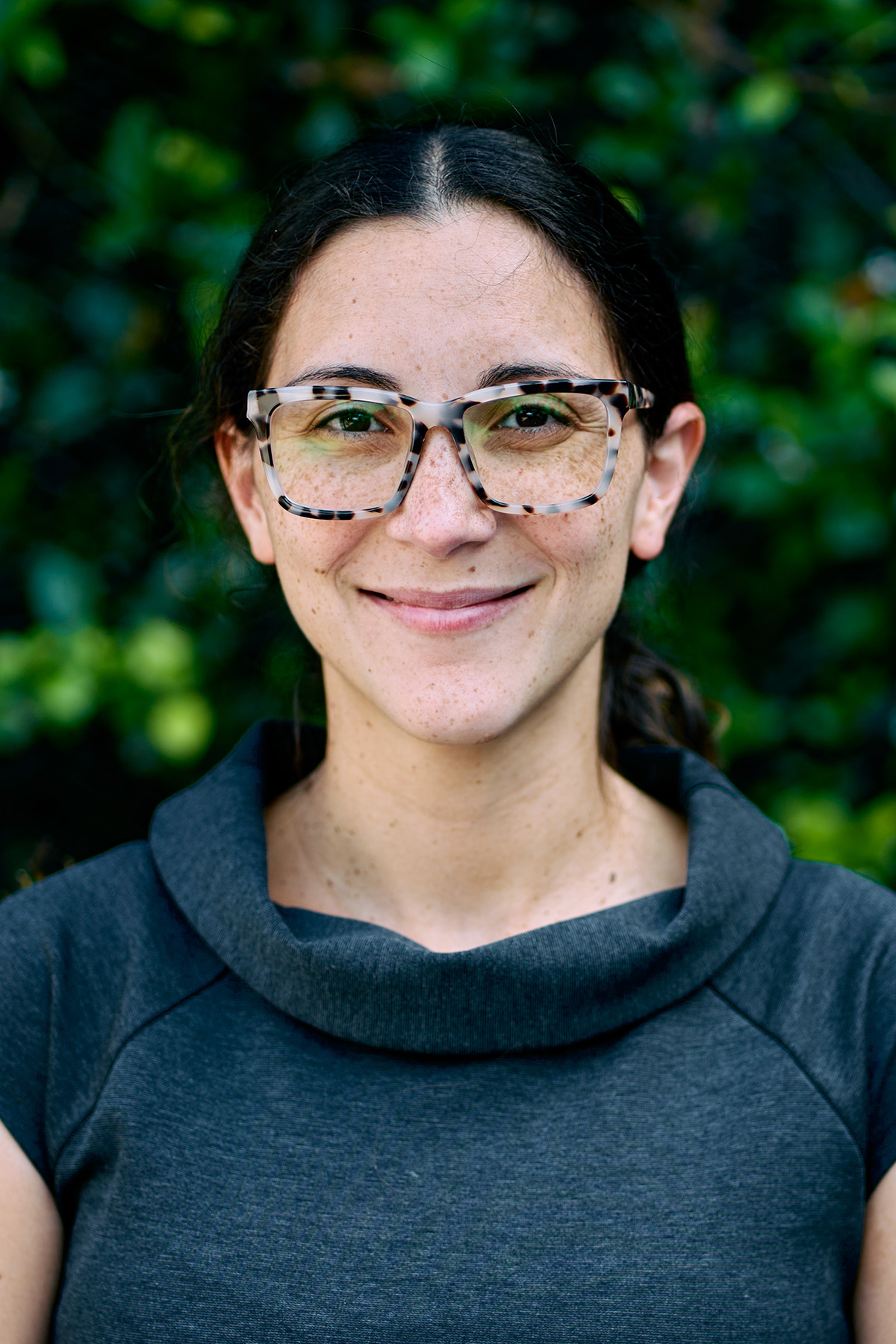
Nancy Padilla-Coreano, Ph.D., Assistant Professor, Department of Neuroscience, University of Florida College of Medicine, Gainesville, FL
Neural Mechanisms of Shifts Between Social Competition and Cooperation
Social animals have very complex interactions, often switching from cooperation to competition in a very short time span. How does the brain help the animal navigate those situations, and what happens at the neurological level to enable that shift between states? Dr. Nancy Padilla-Coreano aims to understand the neural networks involved using behavioral assays, multi-site electrophysiology, and machine learning analyses to identify the neural circuit dynamics behind social competency in mouse models. The findings can help researchers better understand what underlies social competency, which is hampered in a number of neuropsychiatric disorders.
Dr. Padilla-Coreano’s team is making use of innovative technologies, such as AI assistance in identifying and tracking behavior of the animals, and research methodologies to identify the circuits active during cooperation and competition. Hypothesizing that they are overlapping circuits, the team will manipulate each circuit in the same animals and observe how behavior changes when introduced to certain situations. A second aim will investigate what is upstream of those circuits; and a third will investigate the role of dopamine in the process. Taken together, the research will help reveal how the brain helps social animals optimize and change, adjusting social behavior based on context.
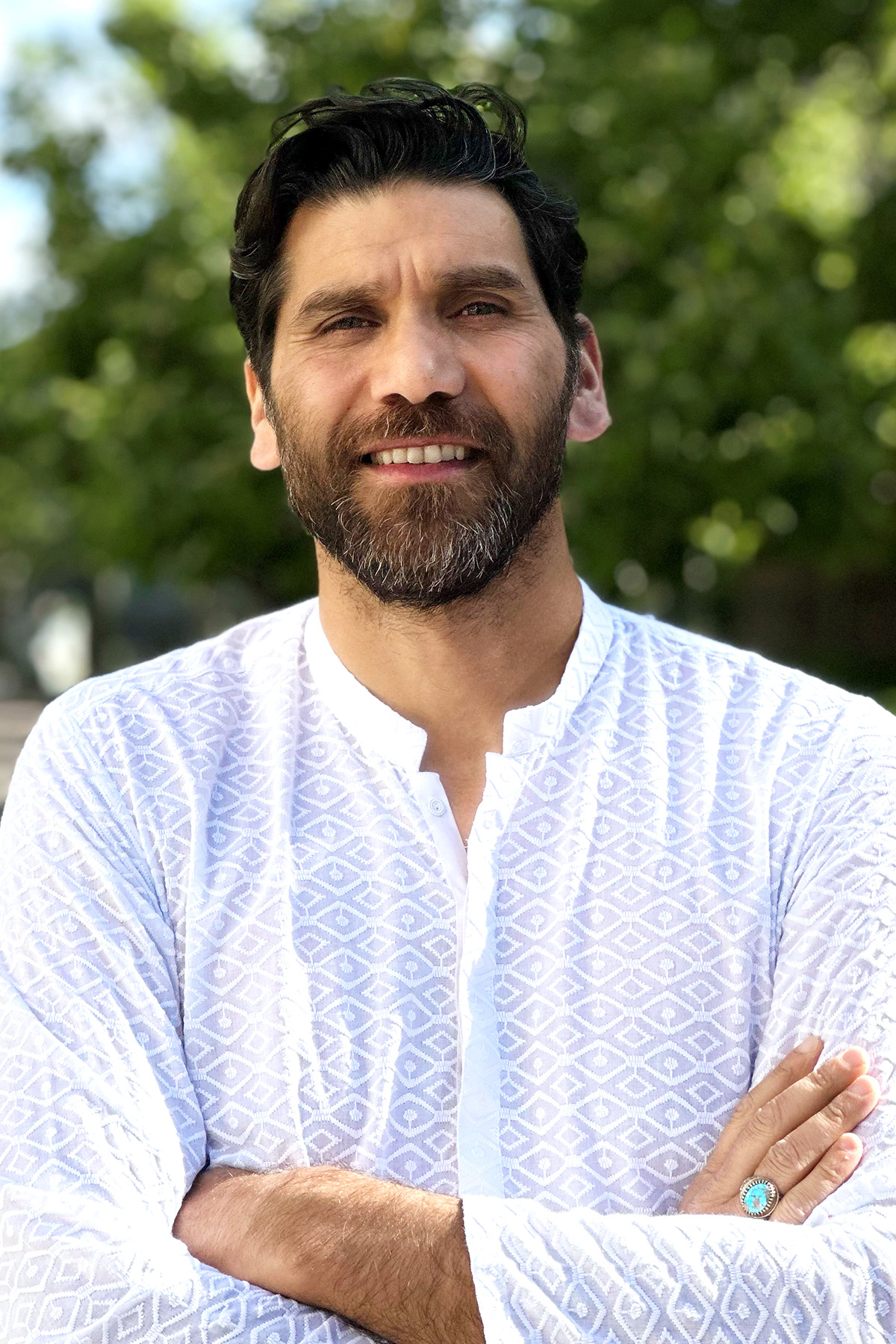
Mubarak Hussain Syed, Ph.D., Assistant Professor, Department of Biology, University of New Mexico, Albuquerque, NM
Molecular Mechanisms Regulating Neural Diversity: From Stem Cells to Circuits
Dr. Mubarak Hussain Syed will investigate what determines how neurons of different types arise from neural stem cells (NSCs) and how developmental factors specify adult behaviors. Working with a fruit fly model, Dr. Syed’s lab will focus on how Type II NSCs produce neuron types of the central complex. Previous research has shown that the timing of a cell’s birth descending from a Type II NSC correlates with its eventual cell type: some early-generation descendants become olfactory navigation neurons, while later generations become cells that regulate sleep. Specific molecules, including RNA binding proteins and steroid hormone-induced proteins, expressed temporally at those times, are believed to regulate the fate of the neuron types.
Through loss-of-function and gain-of-function experiments targeting those proteins and pathways, Dr. Syed’s team will learn the mechanism through which they change the fates of the neurons and what effect that has on behaviors. Further experiments will look at how circuits of the higher-order brain regions are formed, hypothesizing that other cell types in the circuit arise from different NSCs at similar times. Furthermore, as an advocate for promoting science education to youth from groups underrepresented in the field, Dr. Syed will work through his program called Pueblo Brain Science to train and mentor the next generation of diverse neuroscientists as he conducts his research.
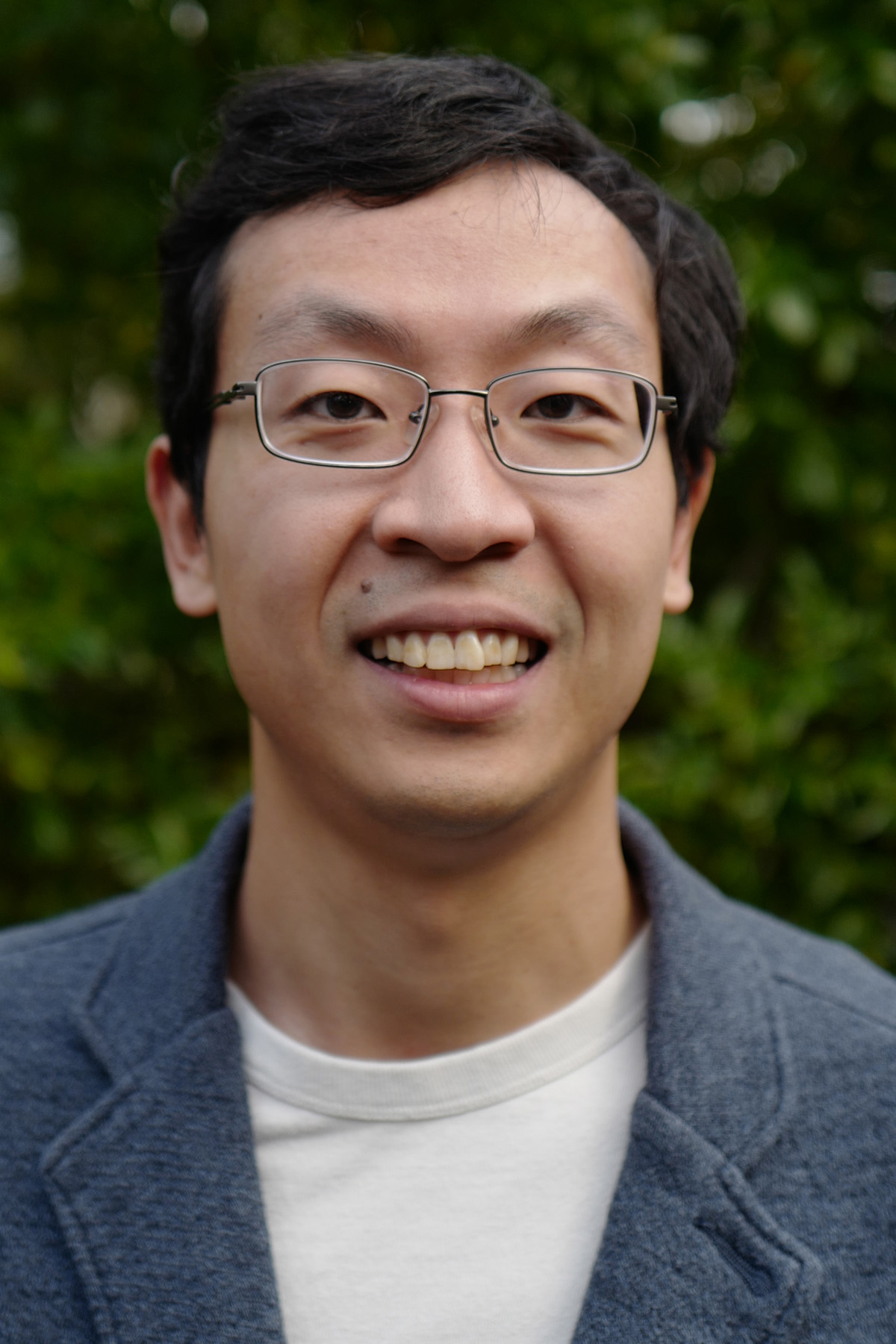
Longzhi Tan, Ph.D., Assistant Professor of Neurobiology, Stanford University, Stanford, CA
How Does 3D Genome Architecture Shape the Development and Aging of the Brain?
Fitting the 6 billion base pairs of DNA into a tiny cell nucleus is more than an impressive packing job – it’s a key to how DNA functions. Dr. Longzhi Tan and his team are using a revolutionary “biochemical microscope” that can show the 3D shape of DNA molecules within a cell to a resolution unmatched by optical telescopes, and in the process are discovering that the unique folding can tell researchers a great deal about a cell. In fact, independent of anything else, Dr. Tan can tell what type of cell a piece of DNA came from, and the relative age of the animal that the cell came from, simply by looking at the DNA’s shape.
The biochemical microscope at the heart of the research uses proximity ligation instead of optics. It determines which base pairs are nearest to each other, one after the other, and can quickly and affordably build a picture of the 3D structure of the DNA using just that information. Part of the project will involve constructing the next generation of this tool so Dr. Tan’s team can 3D-locate every RNA molecule in a brain cell and where it is in relation to the folded DNA to understand more about how they interact. This will contribute to a rulebook about DNA folding that can help researchers find ways to manipulate DNA and understand how misfolded DNA affects development. Since the folding degrades with age as well, understanding how this influences aging might provide insights into ways to reverse or slow some impacts of aging. A final aim will look at how mutations and folding differences influence differences between individuals.

